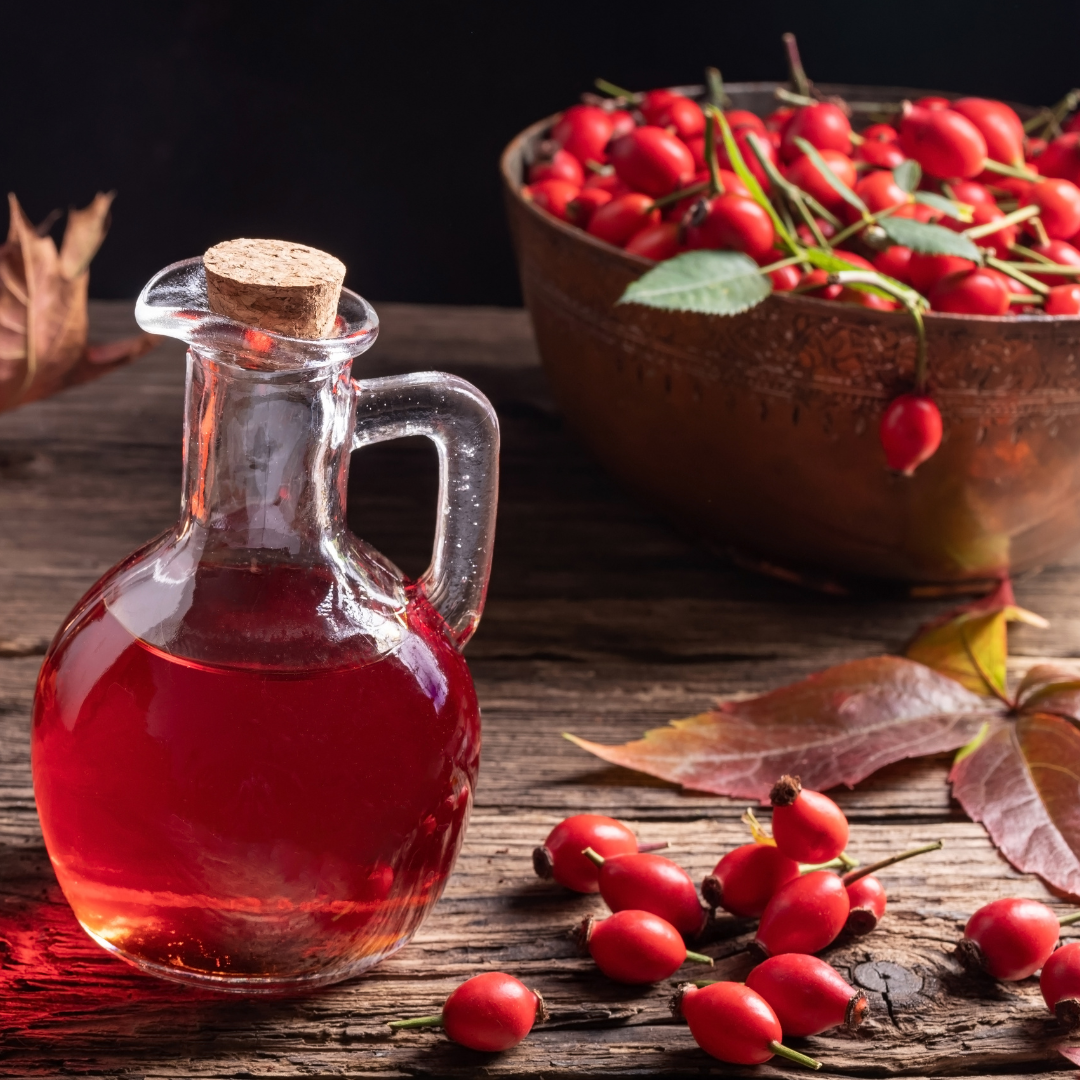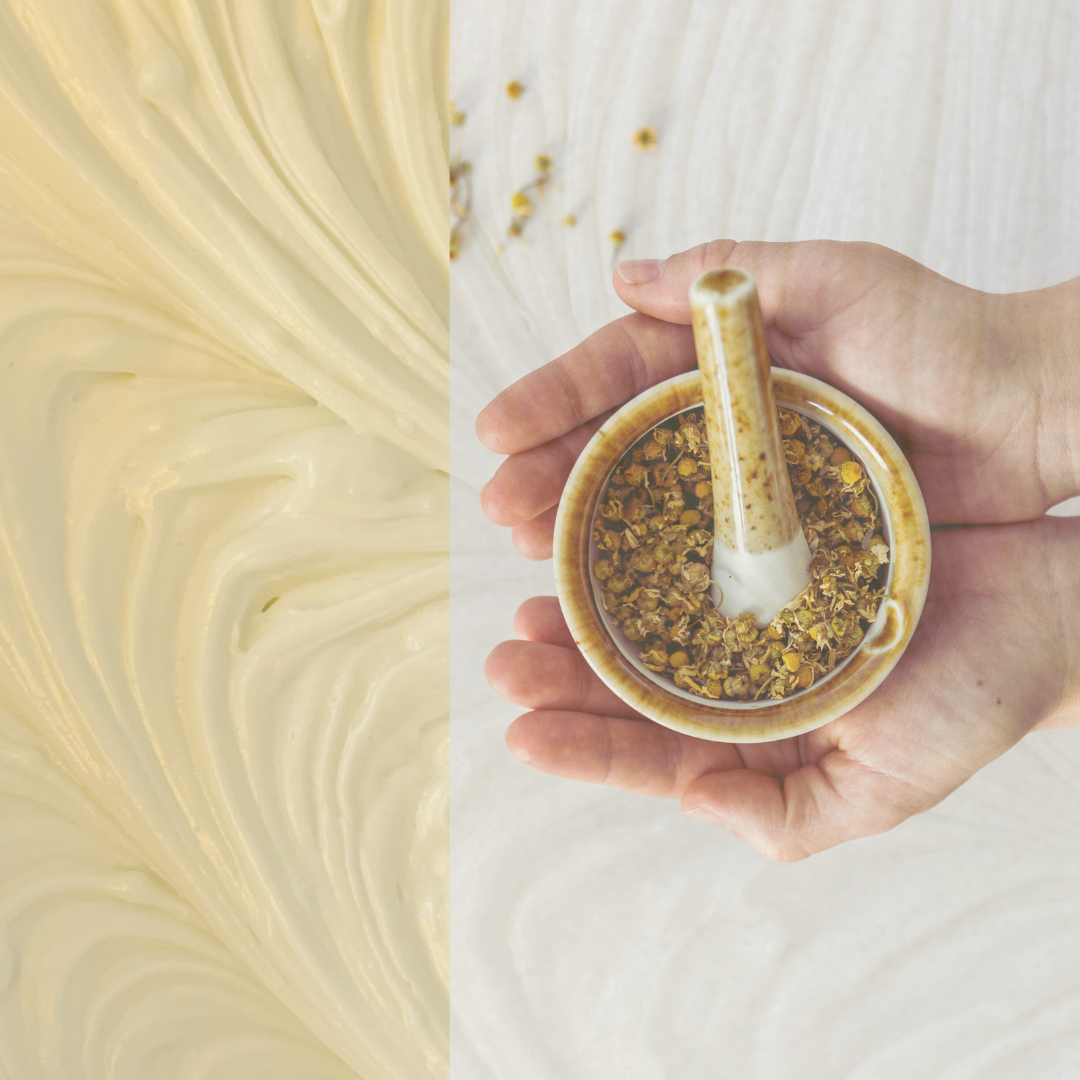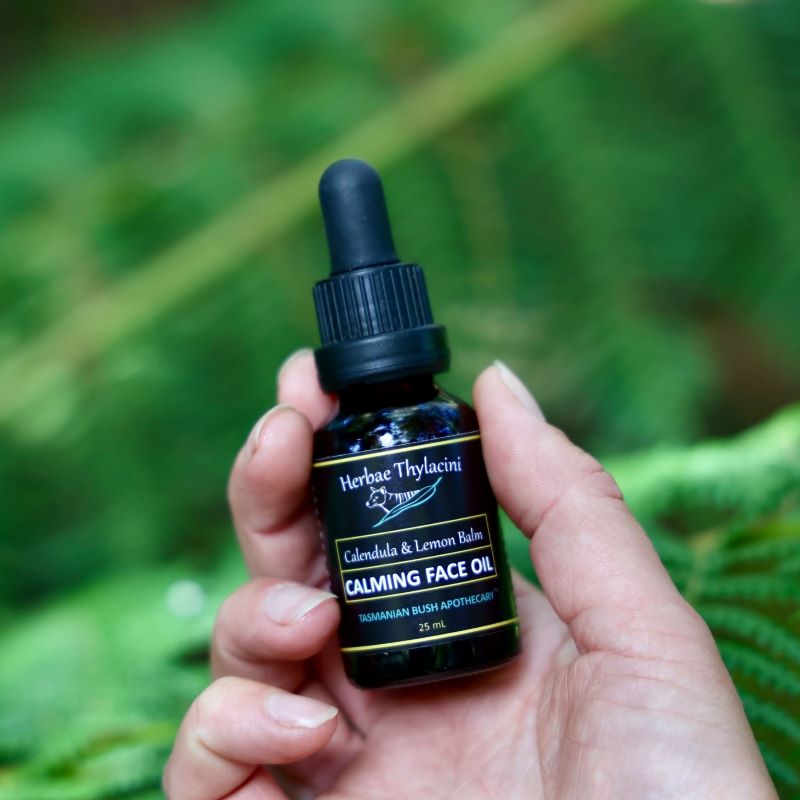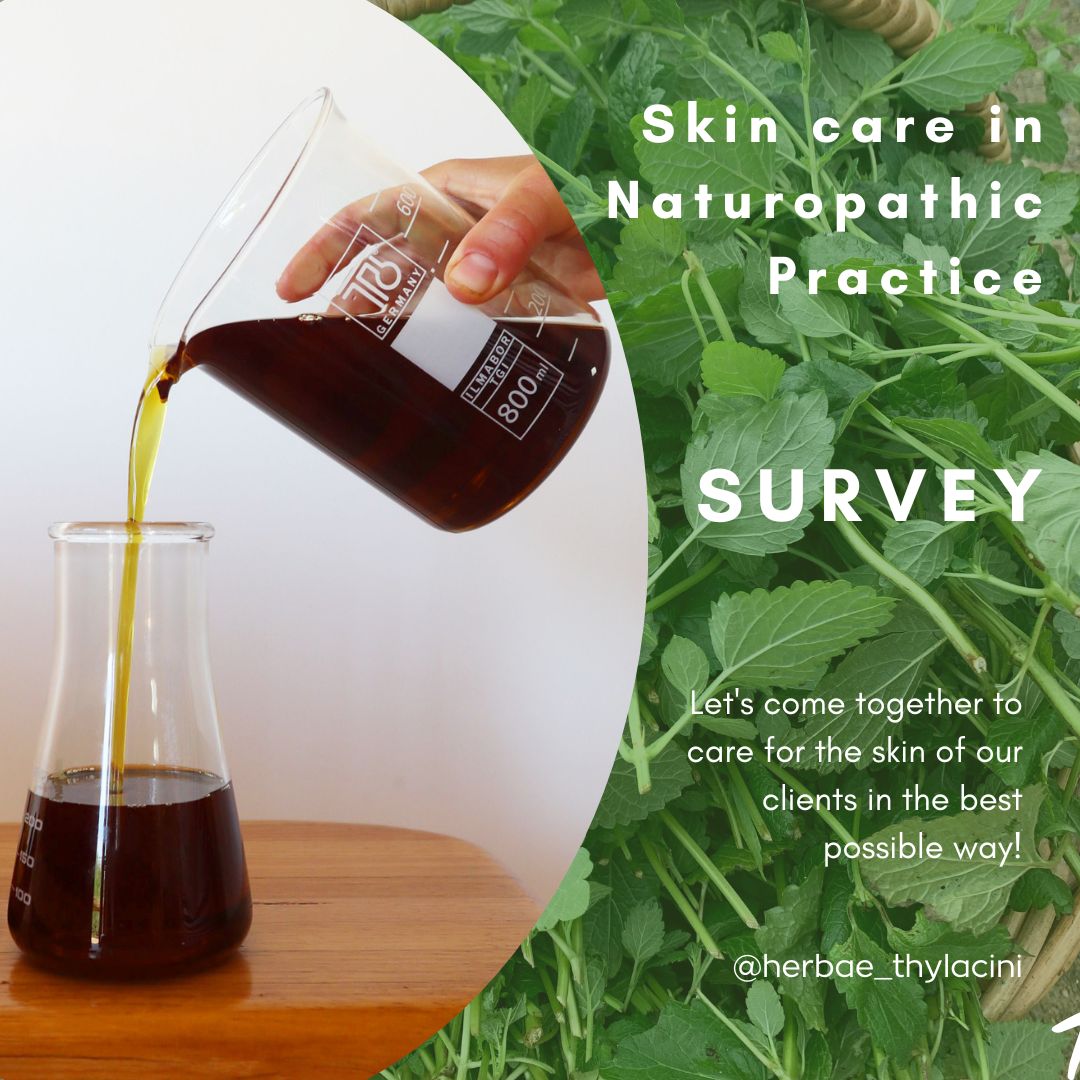
Australian Rosehip Seed Oil and Vitamin C Myths
The myth that rosehip seed oil is rich in vitamin C is ubiquitous and spreads from one blog post to another. It is one of the most common natural skin care myths. It is about time it is undone.
What are rosehips
Based on the results of my recent Instagram poll, it seems to be another popular misconception that rosehips and rose flowers come from a different plant. They don’t! Rosehips are fruit of the many different species of rose plants (Rosa spp.). They are formed from rose flowers if these get pollinated. Typical season for rosehips foraging is Autumn but the exact timing will very much depend on where you live.
Rosehip seed oil and vitamin C
The whole rosehip fruit is famously rich in vitamin C. Whole rosehips contain on average around 1,000mg of vitamin C per 100g of fruit [1,2]. But some species are even richer than that with vitamin C content as high as 4,000mg per 100g! [2]. For comparison, oranges contain about 53mg per 100g of fruit.
You would want to say that rosehips are 20 times richer in vitamin C than oranges, but let’s put this statement into a context of daily consumption. Oranges contain way more water than rosehips. This makes them much heavier. You will have no problems eating 100g of orange (roughly one small orange). But you will find it impossible to consume 100g of fresh rosehips. You may eat 3 small oranges a day and maybe 15g of fresh rosehips. These amounts make the vitamin C content in rosehips and oranges pretty much equal. (A different scenario, of course, is if you would like to prepare an extract from rosehips - join me while I teach about this in the Herbal Extracts for Natural Skin Care online course.)
Most vitamin C in rosehips is found in the skin about 2,000mg per 100g. While seeds contain “only” about 400mg per 100g [3]. As obvious from its name, rosehip seed oil is obtained from the SEEDS by a process called cold-pressing. It is what it sounds like: the seeds are literally pressed to squeeze the oil out of them. The oil is not the only but the prevalent component of the seeds. Now the most important (and perhaps shocking) point:
Vitamin C does NOT make it into rosehip seed oil during cold-pressing.
The reason for this is quite simple and based on basic chemistry. Vitamin C is water-soluble. This means it will readily dissolve in water but never in oils. What mixes exclusively with water will not mix with oil. This means that the water-liking components of rosehip seeds remain behind during the cold-pressing and are not part of the seed oil. And that includes vitamin C [4].
Even if a portion of vitamin C made it into the final seed oil, the amount would be so tiny that it would not be worth mentioning. Let alone would it warrant creation of a massive skin care hype around rosehip seed oil and its vitamin C content.

Content of vitamin C (ascorbic acid) in rosehip seed oil [4].
Other components of rosehip seed oil
Despite the lack of vitamin C, however, rosehip oil can still be considered a great and healing ingredient for the skin. It contains carotenoids which have a protective effect on the skin. These components also give rosehip seed oil its red-ish colour (not vitamin C). It also contains a relatively large amount of polyphenols, which act as antioxidants. Just like most seed oils, it is rich in polyunsaturated fatty acids (PUFAs), namely linoleic and linolenic [4].
Australian rosehip seed oil
Having said all that, there is one final glitch. Unless you are pressing your own small batch of rosehip seed oil from Australian grown rosehips, there is no Australian rosehip seed oil available in the country at the moment.
A vast majority (all?) of current supplies of rosehip seed oil on the Australian market is imported from Latin America (Chile and Peru).
This is a fair distance, isn’t it? Because we have found a number of locally available alternatives, you will not see rosehip seed oil in any of our remedies. If you are looking for a face or body oil that is not only more skin healing than rosehip seed oil and is exclusively made of Australian grown ingredients check our Calendula & Lemon Balm Face Oil and Chickweed & Hypericum Body Treatment.
Both these herbal oils are richer in colour than any rosehip seed oil you had ever seen. They are crafted from carrier oils such as apricot, hemp and macadamia which are cold-pressed from seeds of plants grown in Australia. Their significant healing effect is imparted by addition of a wide selection of Australian grown organic herbs such as calendula, lemon balm, chickweed, St John’s wort, chamomile and others. All these plants are rich on antioxidants and some on carotenoids, which we all transfer into the remedies thanks to our skilfull extraction processes.
References
[1] Bioactive Compounds and Antioxidant Activity in the Fruit of Rosehip ( Rosa canina L. and Rosa rubiginosa L.)
[2] Vitamin C in Rose Hips
[3] CONCENTRATION OF VITAMIN C AND ANTIOXIDANT ACTIVITY OF ROSEHIP EXTRACTS
[4] Characterization of Rosehip (Rosa canina L.) Seed and Seed Oil





